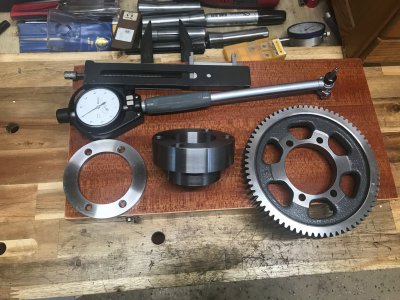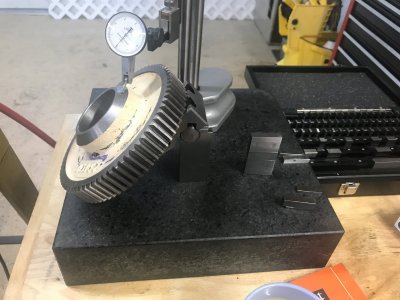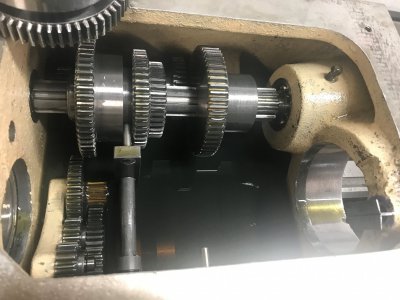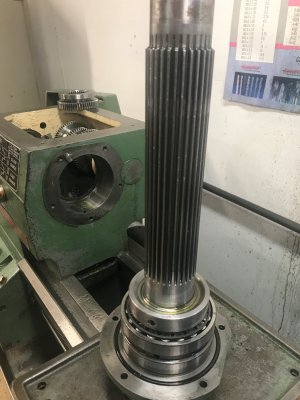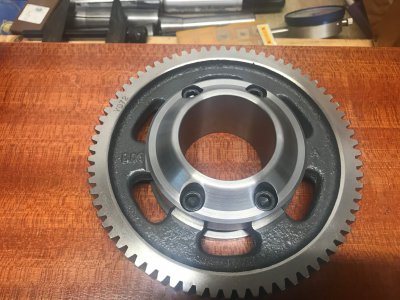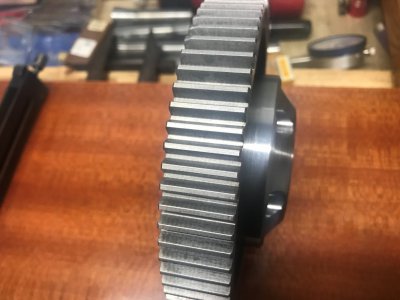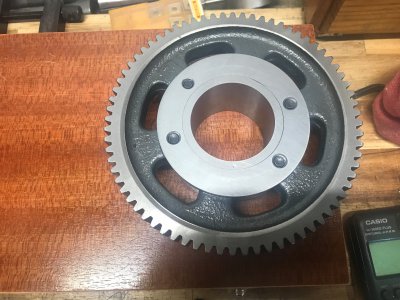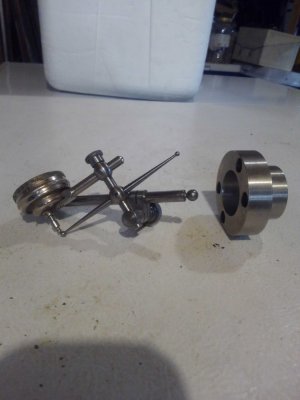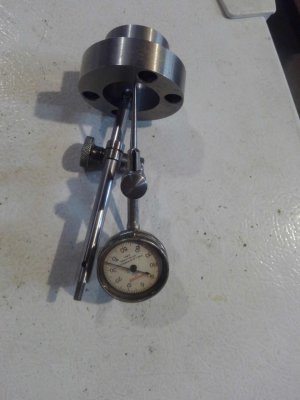Yes, bore gages are expensive, if you need to measure a bore size to within .0001 use the three-pin gage method, all you need to do is use this.
3 PIN GAGE REVERSE CALCULATOR
https://www.holecalc.com/reverse
input (2) any diameter pin gages, enter the bore size and accuracy up to .0000 calculate, the calculator will give you the 3rd pin size you'll need to measure bore.
hope this is a help to new machinist, simple and helpful. Enjoy
3 PIN GAGE REVERSE CALCULATOR
https://www.holecalc.com/reverse
input (2) any diameter pin gages, enter the bore size and accuracy up to .0000 calculate, the calculator will give you the 3rd pin size you'll need to measure bore.
hope this is a help to new machinist, simple and helpful. Enjoy



